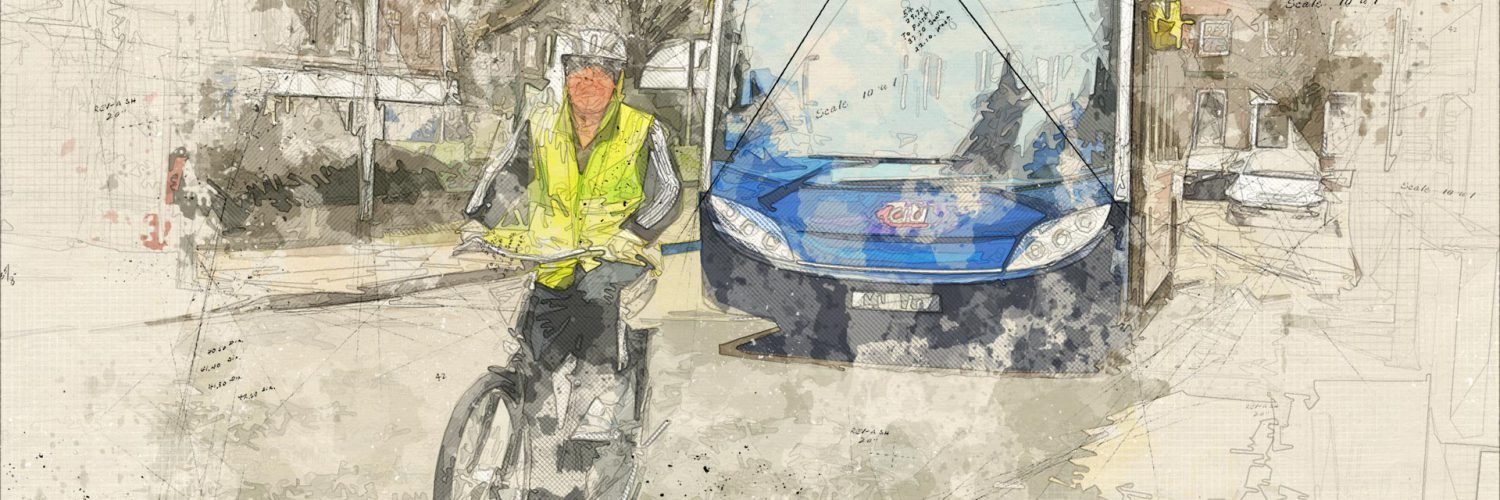As a pedestrian, have you ever crossed a side road where the direct line across at the junction is twice the width of the road further down? These ‘flared’ junctions have been designed purely to make life easier for motor traffic. The danger and difficulty posed to pedestrians seems to have been dismissed. Or was it ever considered in the first place?
Most of our streets existed before the invention of the internal combustion engine. Yet at some point in the last 50 years we seem to have we have allowed drivers of motor vehicles to claim the streets as their territory and push everyone else out. When did it first become acceptable for drivers to simply stop and leave their vehicles along one or both sides of the road? That wasn’t enough: increasingly we’ve allowed them to climb up and park on pavements too.
Now, you might argue that this is a change that society has demanded. But I wonder if we’ve been bullied into it. Do men drive more than women? Yes. Do young people drive more than older ones? Yes. Have our children – who have no say – lost out by not being able to play in the streets any more? Certainly.
Look at the syllabus of most highways engineering courses and you’ll see relatively little mention of pedestrians and cyclists, other than as something to be aware of. And it’s highways engineers who dominate transport in the UK’s local authorities. According to consultant Lucy Marstrand, writing in Local Transport Today, just 2% of heads of transport have ‘design-based’ training, while 69% have an engineering background. Over 90% are male.
We can retro-fit cycle lanes, and stop encroachment on to pavements. Junctions can be remodelled, if the will is there. For existing streets, this is probably the best we can hope for. There are many new streets being built, however, and these need to be designed for everyone. All the recent major housing developments around Cambridge contain examples of fundamental (and unnecessary) lack of consideration for all but car drivers. Councils need to insist on multi-disciplinary design teams and apply stringent tests from the earliest planning stage.
This article was first published in the Cambridge Independent on 20 September 2017.



Add comment